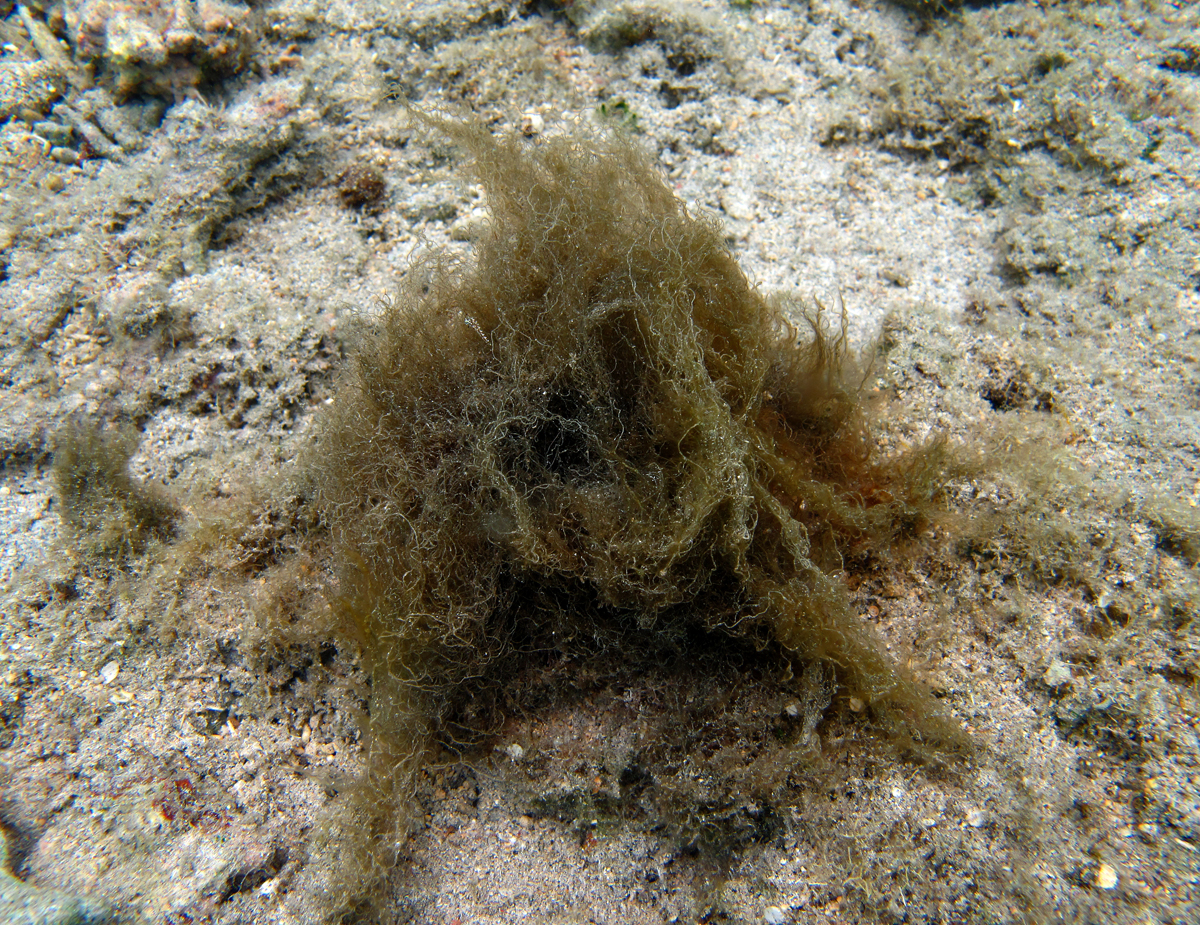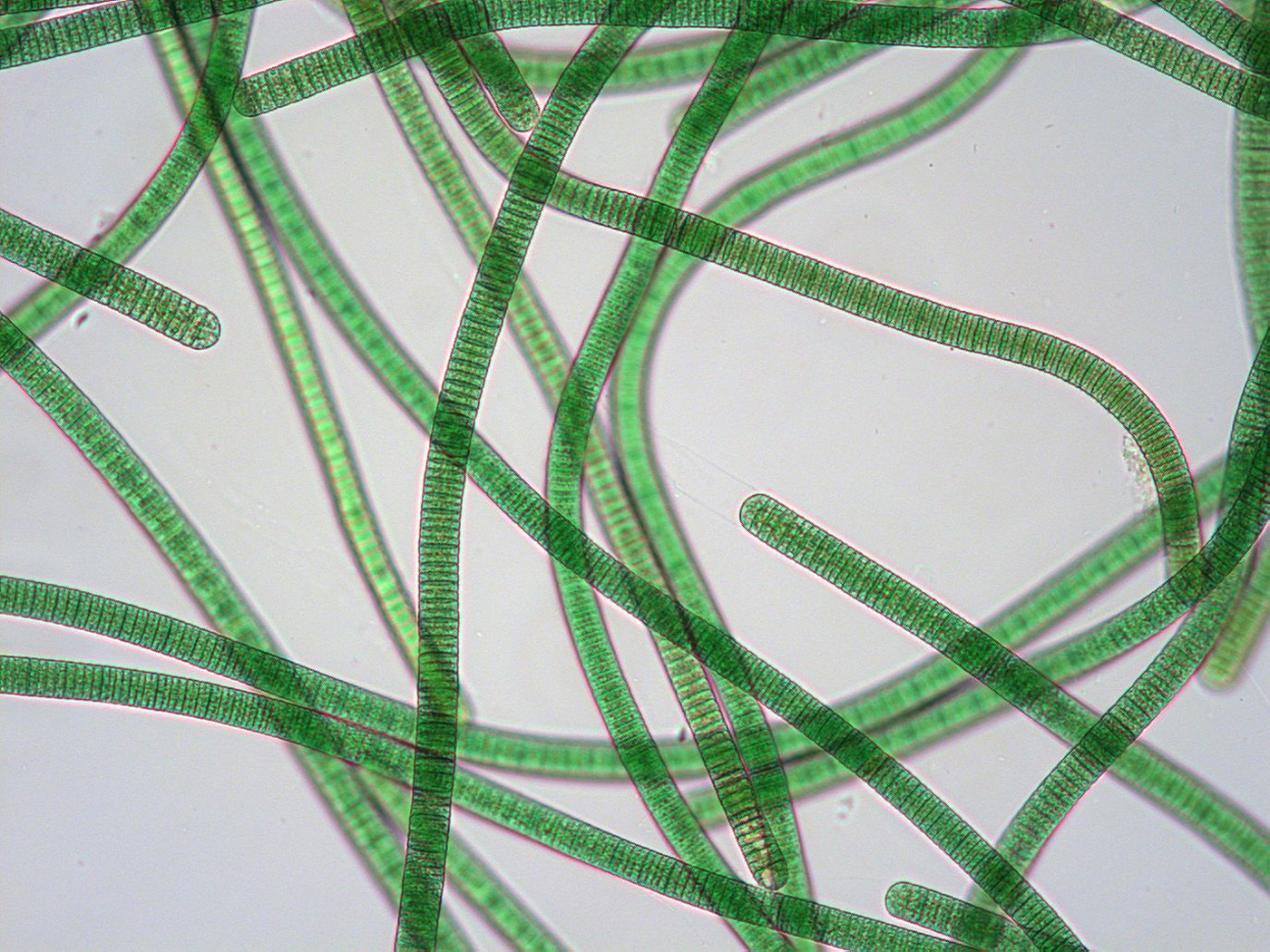I’ve been battling these algae for two months and I don’t see any results.
I have a Red Sea max nano and I don’t have space for a reactor. I’ve been using a bag of phosguard for three weeks, to no effect. I dose nopox (minimum dose) as well..
I tried it all. Dark therapy for three days, no water changes, less light, water changes. Bigger water changes. I scrubbed the rocks and tried to vacuum most of the debris. Nothing works.
I don’t have a phosphate test but I measured it weeks ago and it was low (I take the algae are using it).
I’m getting desperate. Should I restart? The tank is 11 months..almost 1 year old. I wanna get rid of this fluffy mess...it’s just very ugly. (Ofc the lady has been complaining like there’s no tomorrow)...
Any ideas? Thank you!


I have a Red Sea max nano and I don’t have space for a reactor. I’ve been using a bag of phosguard for three weeks, to no effect. I dose nopox (minimum dose) as well..
I tried it all. Dark therapy for three days, no water changes, less light, water changes. Bigger water changes. I scrubbed the rocks and tried to vacuum most of the debris. Nothing works.
I don’t have a phosphate test but I measured it weeks ago and it was low (I take the algae are using it).
I’m getting desperate. Should I restart? The tank is 11 months..almost 1 year old. I wanna get rid of this fluffy mess...it’s just very ugly. (Ofc the lady has been complaining like there’s no tomorrow)...
Any ideas? Thank you!




















